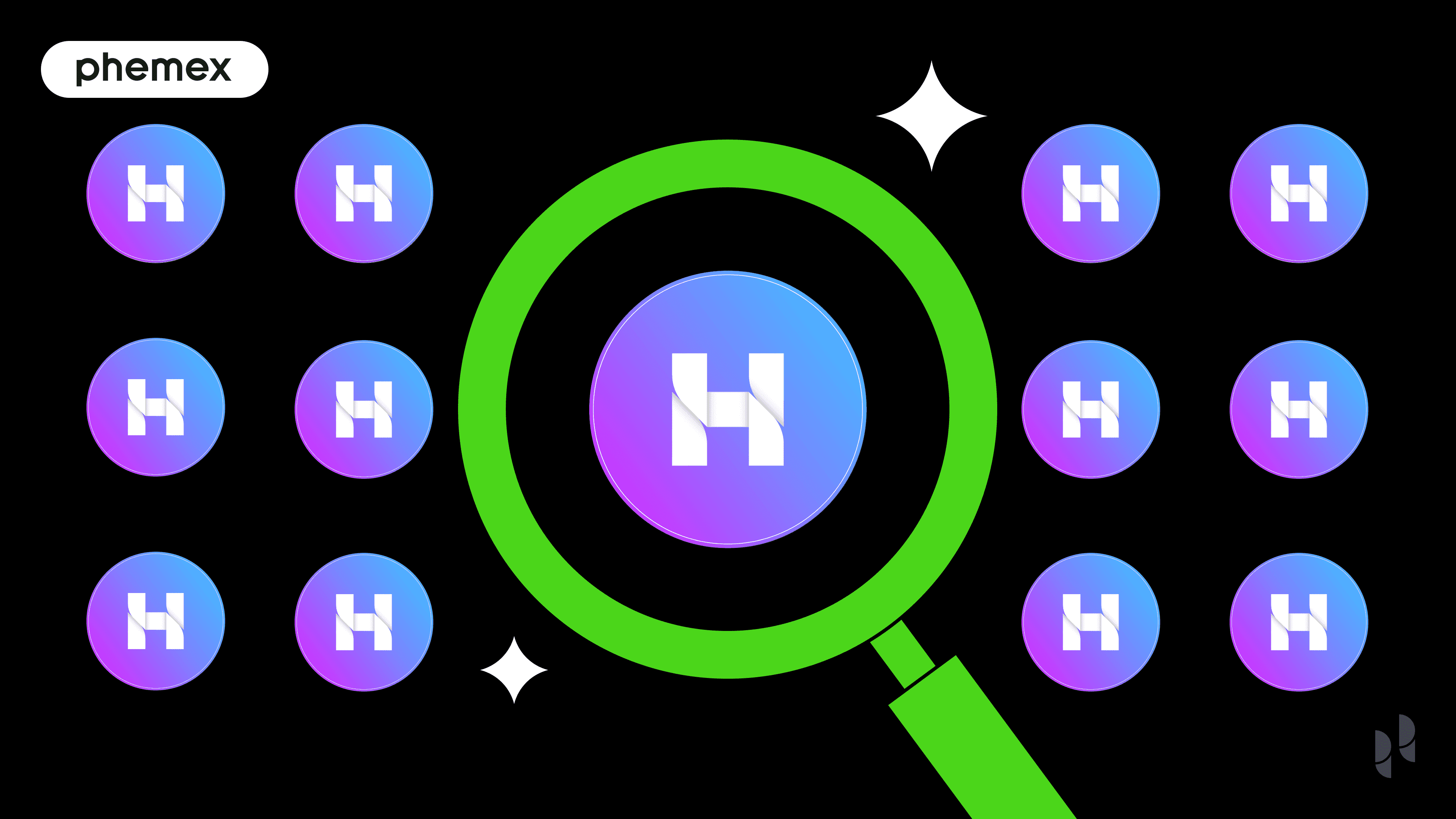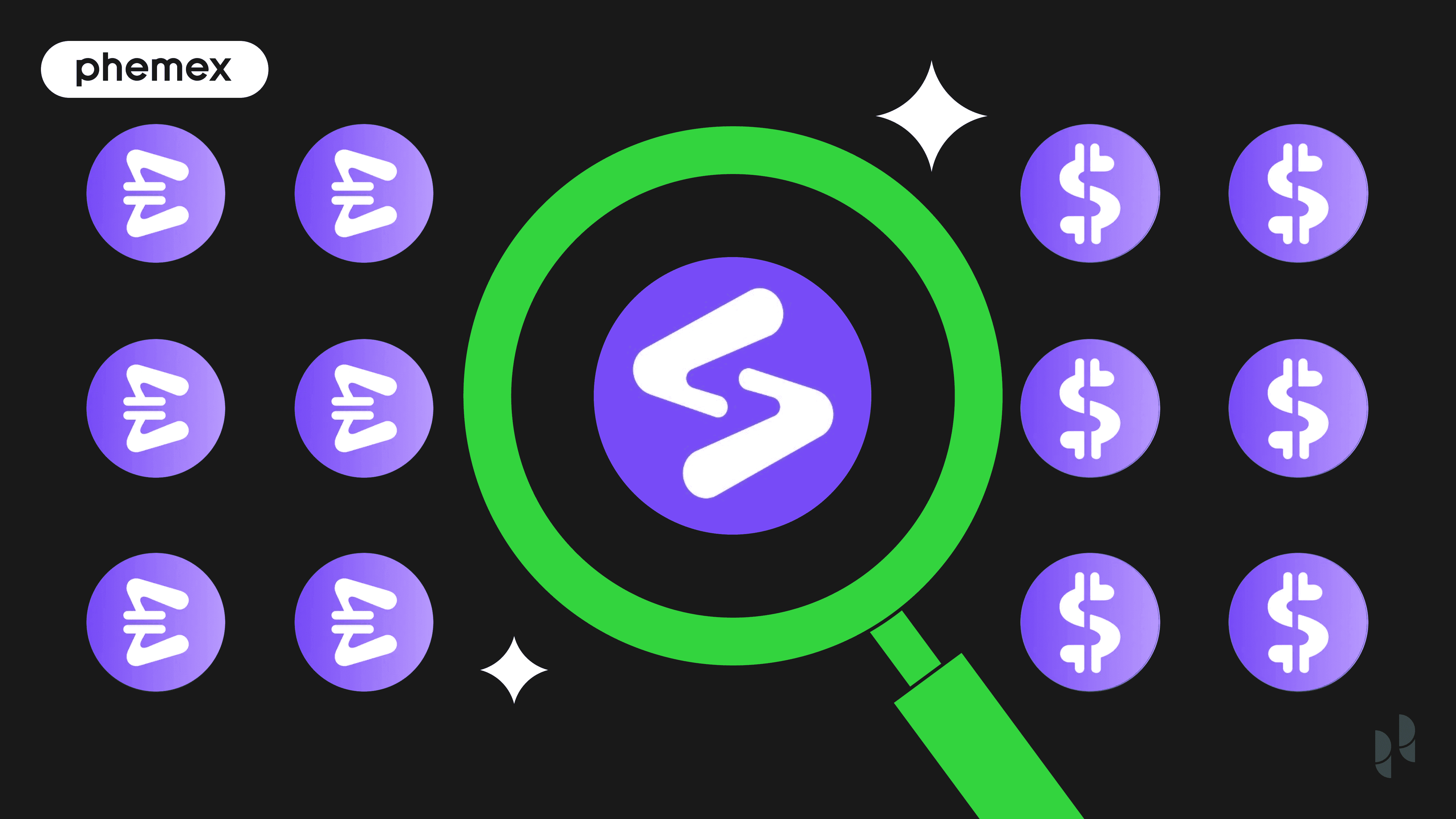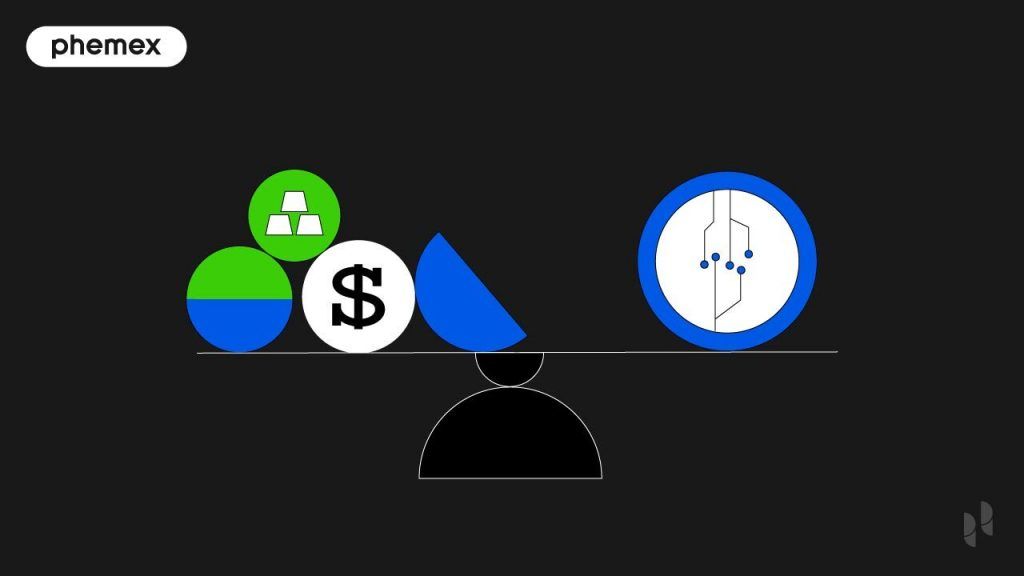Summary
- TRC-20 tokens offer all the same benefits as ERC-20 tokens. However, with Ethereum frequently suffering from congestion, resulting in high fees and a poor user experience, Tron-based tokens offer a convenient workaround.
- Tether is perhaps the biggest and best-known project using the TRC-20 token standard.
Just like Ethereum has its own technical ERC-20 token standard, so do many other blockchains. On Tron, tokens are programmed according to the TRC-20 token standard. As a public blockchain, anyone can issue their own TRC-20 token using the same basic set of rules, and their token can interact with any of the other apps running on the Tron platform.
In this guide, we’ll look at the similarities and differences between Tron and Ethereum to establish the role that TRC-20 tokens can play in the broader blockchain ecosystem. We’ll also examine the rules of the TRC-20 token standard and some of the apps, including the biggest stablecoin USDT, that are using Tron to issue their tokens.
Phemex Now Supports USDT TRC-20, check out our announcement
Tron vs. Ethereum
There are many parallels between Ethereum and Tron, as well as some critical differences. Like Ethereum, Tron uses a virtual machine, known as the Tron Virtual Machine (TVM,) as a kind of operating system for smart contracts running on the platform. The TVM also uses the same Solidity programming language as Ethereum. Therefore, tokens and smart contracts issued on Tron are fully compatible with Ethereum. As the Tron Foundation intends to make it easy for developers to port their existing apps and tokens into the Tron ecosystem, this compatibility is by design.
But you may be wondering why they’d want to do that if Tron and Ethereum are so similar. Why not just stay with Ethereum? This is where the critical differences between Tron and Ethereum come into play. Ethereum uses the proof-of-work consensus model, which is known for being relatively slow. As traffic has increased on Ethereum, supply and demand laws have driven transaction fees ever higher. In early February, the average fee on Ethereum surpassed $20 for the first time, making it prohibitively expensive for lower-value transactions.
Tron’s Delegated Proof of Stake (DPoS) Consensus
In contrast, Tron uses the delegated proof of stake (DPoS) consensus. Because there are only 27 validators who need to confirm transactions, the network can handle far higher throughput with significantly lower fees. Therefore, developers use Tron because the superior scalability and low fees lend themselves better to high-volume apps, such as gaming.
However, there’s another consideration to the low fees on Tron. The more lines there are in an application’s smart contract code, the more complex it becomes to execute, and the more computational power it will use. Therefore, Ethereum developers must be mindful that introducing any unnecessary complexity into their code will also reflect increased transaction fees.
Because Tron has significantly lower fees, developers have much more freedom to program more elaborate smart contracts without worrying that high costs will render their apps unusable.
The DPoS consensus model has come under some criticism for being too centralized, given the relatively small number of validators compared to a vast number of proof of work miners. However, the blockchain “trilemma” of scalability, security, and decentralization, is a challenge as old as the technology itself. Therefore, developers and users always have to prioritize what’s most important to them when deciding which platform to use.
Rules of the TRC20 Token Standard
Like the ERC-20 token standard, TRC-20 tokens must adhere to a set of rules, including mandatory and optional elements.
There are three optional rules and six mandatory rules.
The optional rules are:
- Token name refers to the full written name of the token, e.g., Tether.
- Token ticker refers to the abbreviation used for the token, e.g., USDT.
- Token precision is the minimum divisible unit of the token, which can be up to one-eighteenth.
The mandatory rules are:
- Total supply refers to the maximum number of tokens that can be issued on the Tron platform.
- Balance Of will return the token balance of the user’s Tron account.
- Transfer allows tokens to be moved from the smart contract to a user’s account.
- Approve authorizes a third party, such as another smart contract, to transfer tokens.
- Transfer From allows a third party, such as another smart contract, to take tokens from a user account and transfer them elsewhere.
- Allowance queries the remaining number of tokens that a third party can transfer.
Like Ethereum, a developer can program other rules into TRC-20 tokens if they want them to carry out specific tasks. However, these code lines above are the minimum requirement for any smart contract to be classed as TRC-20-compliant.
Apps and Projects Using the TRC-20 Token Standard
Tether is perhaps the biggest and best-known project using the TRC-20 token standard. Tron-USDT is now more popular than Ethereum-USDT, with transactions on the former surpassing the latter in early 2021, reflecting that Ethereum’s high transaction fees are becoming a barrier for many users.
Furthermore, the decentralization argument becomes largely irrelevant when discussing Tron-USDT versus Ethereum-USDT because the idea of decentralization is based on the concept of trustlessness. USDT users are required to trust Tether as the company issuing USDT regardless of whether the transactions take place on Ethereum or Tron. Therefore, it makes sense to take advantage of Tron’s lower fees and faster confirmation times when transacting in USDT.
Revain is another project using TRC-20 tokens as part of its review platform. Revain operates as a kind of blockchain-based version of TrustPilot. People who leave reviews can get rewards for the quality of their contributions, incentivizing people to write useful and honest reports about their experiences.
JUST is a Tron-based variation on the Maker DAI stablecoin. Users can stake their TRX tokens into collateralized debt positions to generate a stablecoin called USDJ, which is pegged to the value of the US dollar.
Tron also has a vibrant ecosystem of games, including MegaCryptoPolis 3D, Blockchain Cuties, and many more.
Conclusion
TRC-20 tokens offer all the same benefits as ERC-20 tokens. However, with Ethereum frequently suffering from congestion, resulting in high fees and a poor user experience, Tron-based tokens offer a convenient workaround that’s becoming popular with many users, particularly for those transacting with stablecoins. Phemex is pleased to provide users with access to TRC-20 USDT tokens with fast confirmation and no fees, providing more flexibility for stablecoin users.
Read More
- What is Tron (TRX)?
- Ethereum’s ERC-20 Tokens – All You Need to Know
- BEP2 vs. BEP20 vs. ERC20: What Is the Best Blockchain Token Standard?
- Phemex Analysis in A Minute: TRX Boom 103% in One Day!
- What is Tether USDT: The Ultimate Guide to Buy/Sell USDT
- What Are Crypto Tokens? How Do They Work?
- What Is TrueUSD (TUSD)? A Regulated USD-Backed Stablecoin
- What is Cryptocurrency & How It Differs From Digital Cash









